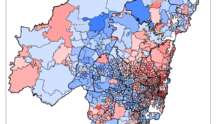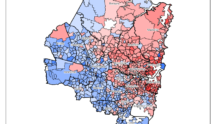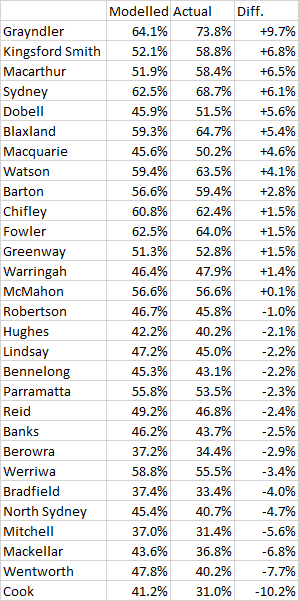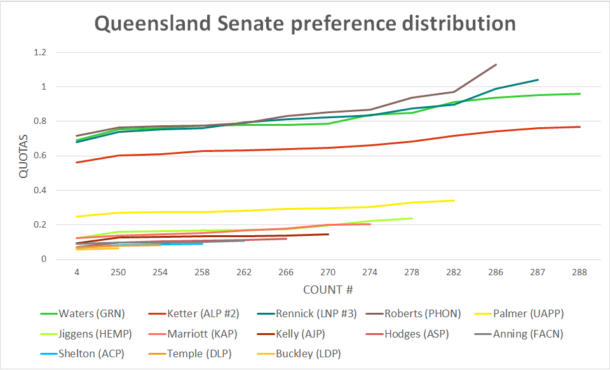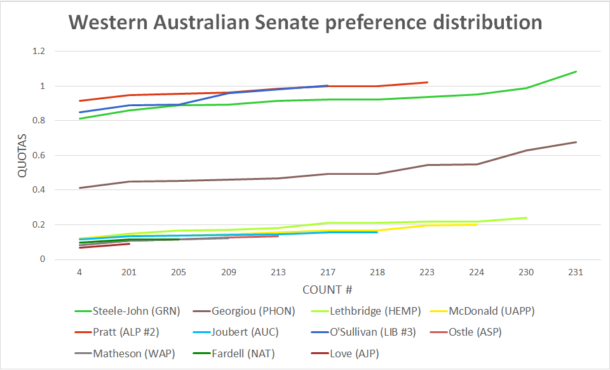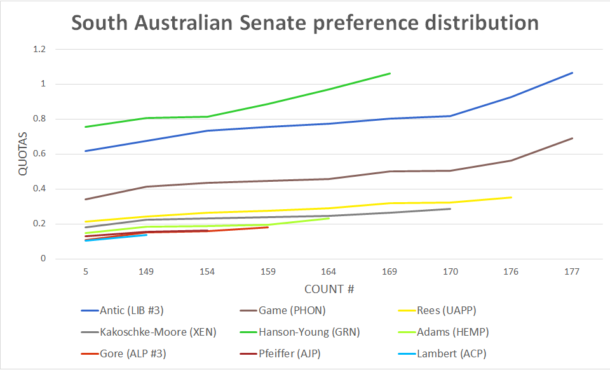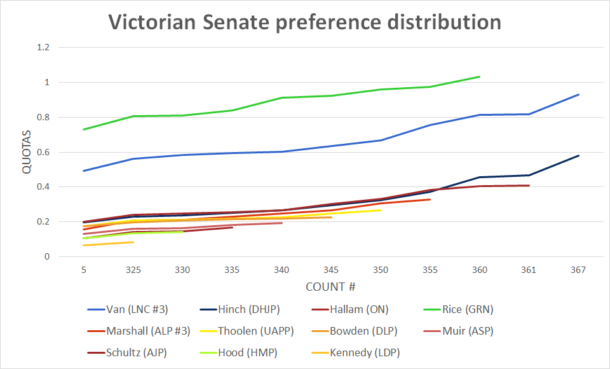Quite a bit to report of late, starting out with federal redistribution prospects for the coming term:
• The Australian Parliamentary Library has published a research paper on the likely outcome of the state and territory seat entitlement determinations when they are calculated in the middle of the next year. The conclusion reached is as it was when I did something similar in January: that Western Australia is sure to lose the sixteenth seat it gained in 2016; that Victoria will sneak over the line to gain a thirty-ninth (and its second in consecutive electoral cycles, a prodigiousness once associated with Queensland); and the Northern Territory will fall below it and lose one of its two seats.
• The West Australian reports Liberal and Labor will respectively be lobbying for Burt and Hasluck to be abolished, though given the two are neighbours, this is perhaps a fine distinction – the effect of either might be to put Matt Keogh and Ken Wyatt in competition for an effectively merged seat. The view seems to be that an eastern suburbs seat would be easiest to cut, as the core electorates of the metropolitan area are strongly defined by rivers and the sea, and three seats are needed to account for the state’s periphery. (There was also a new set of state boundaries for Western Australia published on Friday, which you can read all about here).
• The predicted outcome in the Northern Territory, whose population has taken a battering since the end of the resources construction boom, would leave its single electorate with an enrolment nearly 30% above the national norm – an awkward look for what would also be the country’s most heavily indigenous electorate. The Northern Territory has had two electorates since 1996, but came close to losing one in 2003 when its population fell just 295 below the entitlement threshold. This was averted through a light legislative tweak, but this time the population shortfall is projected to approach 5000.
Poll news:
• The word from Essential Research that its voting intention numbers will resume in “a month or two”. Curiously, its public line is that its reform efforts are focused on its “two-party preferred modelling”, when the pollsters’ critical failures came on the primary vote.
• Kevin Bonham laments the crisis-what-crisis stance adopted by The Australian and YouGov Galaxy upon the return of Newspoll. My own coverage of the matter was featured in a paywalled Crikey article on Monday, which concluded thus:
In the past, YouGov Galaxy has felt able to justify the opaqueness of its methods on the grounds that its “track record speaks for itself”. That justification will be finding far fewer takers today than it did before the great shock of May 18.
• Liberal insiders have been spruiking their success in winning back the support of working mothers as the key to their election win, as related through an account of internal party research in the Age/Herald. However, Jill Sheppard at the Australian National University retorts that the numbers cited are quantitative data drawn from qualitative research (specifically focus groups), which is assuredly not the right idea.
Preselection news:
• There are six preselection nominees for Mitch Fifield’s Liberal Senate vacancy in Victoria: Sarah Henderson, until recently the member for the Corangamite, and generally reckoned the favourite; Greg Mirabella, former state party vice-president and the husband of Sophie Mirabella, whose prospects were talked up in The Australian last week; Chris Crewther, recently defeated member for Dunkley; state politics veteran and 2018 election casualty Inga Peulich; and, less familiarly, Kyle Hoppitt, John MacIsaac and Mimmie Watts.
• The Australian last week reported a timeline had yet to be set for the preselection to replace Arthur Sinodinos in New South Wales. The Sydney Morning Herald reports Liberal moderates might be planning on backing a candidate of the hard Right, rather than one of their own in James Brown, state RSL president and son-in-law of Malcolm Turnbull. The idea is apparently that the nominee will then go on to muscle aside factional colleague Connie Fierravanti-Wells at preselection for the next election. However, all that’s known of that potential candidate is that it won’t be Jim Molan, who is opposed by feared moderate operator Michael Photios.
• The Sydney Morning Herald report also relates that former Premier Mike Baird’s withdrawal from the race to become chief executive of the National Australia Bank has prompted suggestions he might have his eye on a federal berth in Warringah at the next election. Also said to be interested is state upper house MP Natalie Ward.
Electoral law news:
• The Guardian reports that Oliver Yates, independent candidate for Kooyong, is challenging Josh Frydenberg’s win on the grounds that Chinese language signs demonstrating how to vote Liberal looked rather a lot like instructions from the Australian Electoral Commission. The complainant must establish that the communication was “likely to mislead or deceive an elector in relation to the casting of a vote”, which has provided a rich seem of unsuccessful litigation over the decades. It seems it is acknowledged that this is only the test case, in that it is not anticipated the court will overturn the result. Such might have been the case in Chisholm, which was the focal point of complaints about the signs, and where the result was much closer. However, Labor has opted not to press the issue, no doubt because it has little cause to think a by-election would go well for them. Yates’s challenge has been launched days prior to today’s expiry of the 40-day deadline for challenges before the Court of Disputed Returns.
• The difficulty of getting such actions to stick, together with the general tenor of election campaigning in recent years, have encouraged suggestions that a truth-in-advertising regime may be in order, such as operates at state level in South Australia. More from Mike Steketee in Inside Story.


